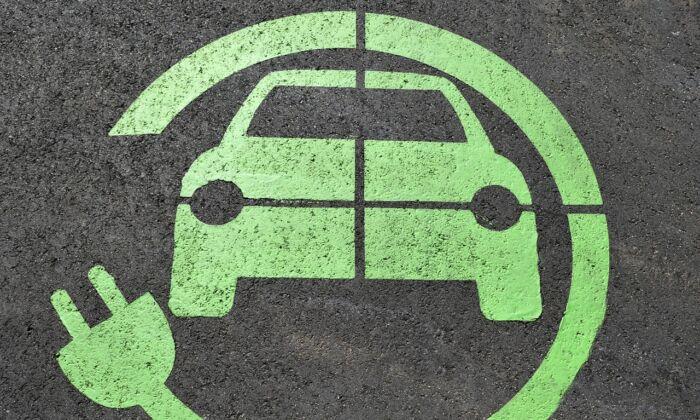The Australian Capital Territory (ACT) will roll out the “most extensive financial incentives in the country” as it pushes to phase out petrol and diesel vehicles by 2035 and encourage drivers to buy electric vehicles (EVs).
The Labor-Greens-led ACT government’s ambitious plan for the nation’s capital also includes a goal for 90 percent of new car sales to be EVs by 2030.
Among the incentives will be cheaper registration fees for EVs (details to be decided) and the waiving of stamp duty fees (taxes) for individuals buying a new or second-hand EV. Currently, EV drivers enjoy free vehicle registration until 2024.

“The ACT is ... aware that its current fixed registration system is weight-based and penalises heavier [zero emissions vehicle] models despite their lower emissions.”
“Any registration reform in the ACT would necessarily consider both emissions and distance-based charging and ensure zero emissions vehicles were incentivised over high emitting vehicles,” Barr added.
The waiving of stamp duty fees will extend to EVs and hydrogen vehicles purchased from Aug. 1, 2022, which is estimated to save consumers around $1,600 per car.
On top of this, the government will offer $2,000 grants to apartment buildings willing to install EV charging infrastructure. The ACT is also aiming to have a public charging network of 180 EV chargers by 2025.
How Useful Are EVs?
While the battery technology in EVs is improving, the average maximum distance is still limited to driving within cities, particularly considering the large Australian landmass.For Australian drivers, a trip from Canberra to Sydney’s south-westernmost region of Campbelltown is around 233 kilometres (Campbelltown is still 56 kilometres from the CBD), meaning drivers will need to factor in one or more charges—and waiting time—during the journey.
The Canberra to Melbourne trip is even longer with the city’s northern suburb of Epping located around 632 kilometres from Canberra.
The ACT’s initiative also comes as the federal Labor government grapples with skyrocketing electricity prices and an increasingly unreliable energy grid—Australian energy producers have been reluctant to invest too heavily in coal-fired generators given existing pressure to support renewable energy development.
This issue has come to a head in recent months during the winter months, which has driven up electricity and gas usage and forced the national energy regulator to step in several times to make sure consumers have access to power.





